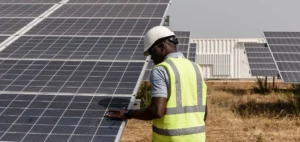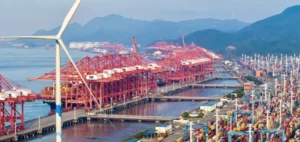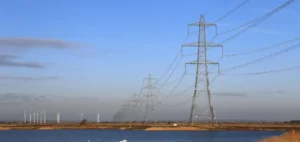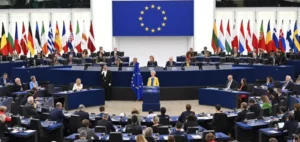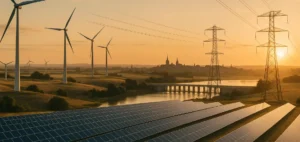Recent revisions to U.S. oil consumption data by the U.S. Energy Information Administration (EIA) are sending shockwaves through the energy industry.
Traders and analysts, who rely on this data to guide their decisions, are observing major discrepancies between the weekly and monthly figures published by the EIA.
The EIA’s weekly data, although preliminary, are crucial for the market as they offer a quick view of consumption.
However, monthly updates, published with a two-month lag, are more detailed and generally more accurate.
Recently, the EIA published monthly figures showing oil consumption in May at record levels, at odds with weekly reports for the same period.
Impact on Market Confidence
The discrepancies between weekly and monthly data are particularly marked this year.
For example, weekly data for May showed gasoline consumption at 9 million barrels per day (bpd), while revised monthly data showed nearly 9.4 million bpd.
These revisions sowed doubt among market players, calling into question the reliability of EIA data.
Tom Kloza, Head of Energy Analysis at Oil Price Information Service (OPIS), points out that these successive revisions undermine market confidence in the EIA’s weekly figures.
This is worrying for professionals who depend on this data to plan their activities.
Consequences for Market Decisions
Energy traders and distribution companies rely heavily on EIA data to plan their fuel imports.
Major revisions can lead to erroneous decisions, with potentially negative repercussions for consumers.
For example, underestimates of demand can lead to temporary shortages and price hikes.
To mitigate these uncertainties, many market players are turning to private data sources and advanced technologies, such as the use of helicopters to monitor oil stocks.
However, despite these measures, the EIA remains the only government source providing detailed, periodic updates on oil consumption.
Challenges for EIA
The EIA acknowledges the difficulties associated with the accuracy of its weekly estimates compared with monthly data.
The agency strives to improve consistency between these two data sets to better reflect the reality of the oil market.
However, recent revisions highlight the complexity of this task and the need for continuous improvement.
The EIA’s revisions to oil consumption data raise questions about the reliability of official data in a context where transparency and accuracy are essential for informed decisions.
Market players are awaiting corrective measures from the EIA to restore confidence in its reports.
Perspectives and reflections
The current situation highlights the need for greater precision and transparency in the collection and publication of energy data.
Energy industry professionals need to diversify their data sources and use advanced technologies to obtain a more complete and reliable view of the market.
EIA must continue to work on improving its methods to ensure consistent and accurate data.

